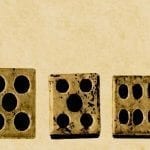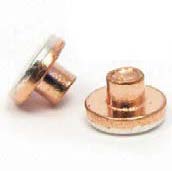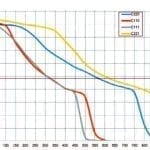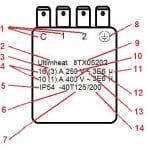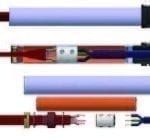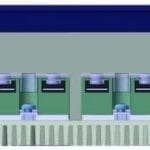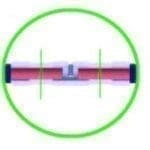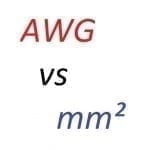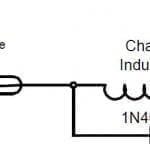Historical introduction of ceramics used in connection blocks
Hard Porcelain, originated from China, whose manufacturing process has been closely guarded for centuries, owes its characteristics of whiteness, fineness, resistance to temperature, and hardness to the use of two particular minerals, kaolin, ("Gao Ling...
Electrical contacts
As numerous mechanisms exist, we decided not to distinguish on the basis of constructive technique, but according to their operation speed, which is the key element.
Technical introduction of connection blocks made in ceramic and polyamide
Ceramic was the first insulating material used in the electrical connection terminals. Mechanically resistant, exceptionally fire resistant, excellent electrical insulator, it had all the qualifications. Produced from locally available raw materials,...
The different normalized thermostat electrical life classes
In the specifications for an electromechanical thermostat, the expected life is described in terms of mechanical and electrical lifetimes.
Explanation of printed values made on a thermostat upon IEC60-730-1 § 7-2
Identification of terminals that are suitable for the connection of external conductors, and if they are suitable for line or neutral conductors, or both.
Mounting examples of heating ribbons on thermostats, lights, wires and extension cables
PT100 or NTC on extension cable
PT100 or NTC on extenson wires
M20 thermostat on extension cable
M20 thermostat on extension wires
Light on extension cable
Light on extension wires
Ribbon on disc thermostat and cab...
Introduction to the use of solid state relays (SSR) and comparison with electromechanical relays
The solid state relay, also called solid state contactor or SSR (English acronym for Solid State Relay) is the electronic equivalent of the electromechanical power contactor.
Cables and accessories connection methods with silicone filling
Sensors and accessories to be mounted in ISO M20x1.5 threads (type G sleeves)
Introduction to hexagonal crimping
The hexagonal crimping is the fastest way to connect two wires together, especially if this connection should be subjected to repeated thermal shocks. It is also the less bulky connection.
AWG diameters and sections in mm²
AWG
Diameter (mm)
Section (mm²)
AWG
Diameter (mm)
Section (mm²)
AWG
Diameter (mm)
Section (mm²)
24
0.510
0.205
17
1.15
1.04
10
2.59
5.26
23
0.575
0.259
16
1.29
1.31
9
2.9
6.63
22
0.643
0.324
1...
Reed switches contacts protection
1. The electrical contact system: reed switch or micro-switch
A certain force is required to actuate the electrical contact device. It can range from a few tenths of grams for systems with reed contacts with a power rating of 10 to 20VA
(0.5Amp),...

